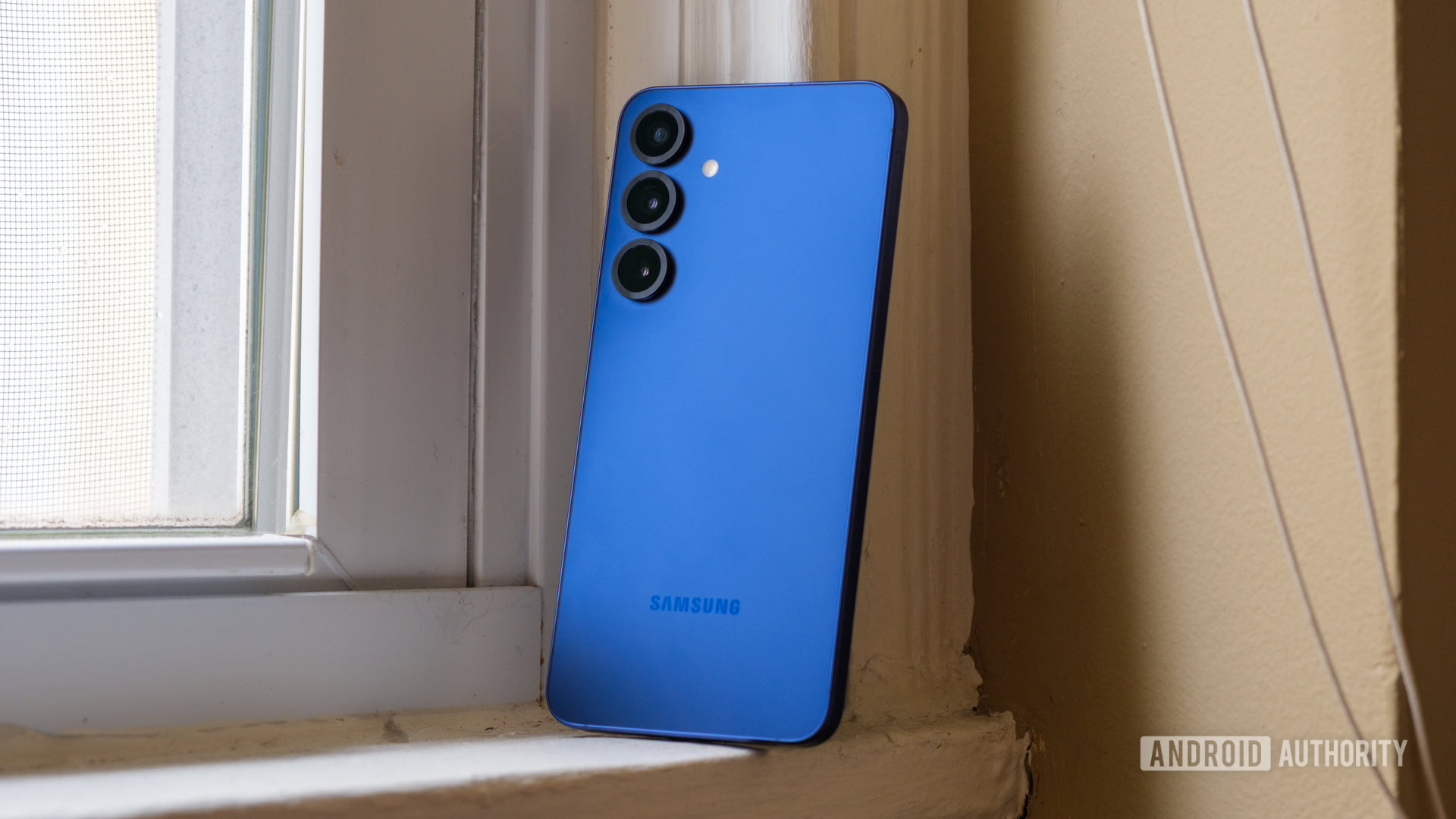The vast majority of people in the additive manufacturing (AM) industry concerned with defense seem to be focused on the Maritime Industrial Base (MIB), for valid reasons.But all year, the U.S.Army has been steadily mounting its own AM campaign, an effort that has most publicly surrounded the acceleration of organic drone production capabilities.
One of the individuals leading this charge is Lt.Gen.Christopher Mohan, the acting commander of the Army Materiel Command (AMC), who in March told Breaking Defense that the Army was in the process of gauging its ability to use AM as part of the initiative to make its own small drones — a “sprint,” Mohan called it.
Then, at last week’s Association of the U.S.Army (AUSA) Annual Meeting in Virginia, in another interview with Breaking Defense, Mohan issued the clearest message yet that the U.S.Army is all in on AM: “We’ve been very upfront with them, and I told one of our industry partners yesterday, don’t be surprised if you just see us doing things because we can’t wait,” Mohan told the publication.
“We can’t wait.I acknowledge that [the contractors’] intellectual property is their intellectual property.It is a shame on us for not buying it up front, which is foolish, a fool’s errand.
We can’t live like that, right? …[T]here’s got to be some kind of model that says, ‘Hey, we can buy the rights for just the part we need to print.We don’t have to buy the entire vehicle system or whatever.’” U.S.Army Staff Sgt.
Erik Buentello assembles a drone created using 3D printing equipment at Fort Bliss, Texas, May 7, 2025.Image courtesy of 1st Lt.Marcelo Marta, U.S.
Army, via Breaking Defense Multiple companies are exploring just such a model, though it hasn’t made its way into U.S.military procurement processes yet — at least not in any publicly disclosed capacity — and it would require a monumental historical shift for such a practice to become routine.Even in the private sector, the task of setting up a system where vendors charge for royalties on parts printed from digital files is a Herculean one.
This is the conundrum: it may be the sort of project that requires the scale and authority of the Federal government in order to catalyze more widespread adoption, but it is precisely the sort of innovation that the government procurement world has seemed incapable of implementing for many years.On the other hand, comments from officials like Mohan illustrate that individuals working on defense acquisition are aware of what needs to change, and are losing patience with the status quo.Here, it’s worth mentioning a recent appearance that Army Secretary Dan Driscoll made on The Shawn Ryan Show podcast, where the secretary discussed his support for the military’s right-to-repair: As USA Today wrote about the podcast episode, “Army Secretary Dan Driscoll held up a 3D-printed copy of a fob-sized part used in the wheel well of the powerful M777 howitzer cannon.
‘This part, if we want to get it from the manufacturer, it’s currently on back order until mid-2027,” Driscoll said…Soldiers discovered they can 3D print it for around $2, he added, but, historically, they’ve been forced to use manufacturer parts.” The overlap between 3D printing and support for right-to-repair laws is an extensive one that we don’t need to get into here.Again, though, it is the type of change that vested corporate interests make virtually impossible to enact, which may necessitate the U.S.government’s involvement as an early adopter in order to take hold on a broader scale — with the help of a select group of first movers from those same vested corporate interests.
And, if the U.S.government shutdown ever ends, there is a bipartisan bill that has been presented, the “Warrior Right to Repair Act of 2025.” which “seeks to prohibit the Defense Department from entering into contracts for goods unless the contractor agrees in writing to provide ‘fair and reasonable access’ to parts, tools, software and technical information used to diagnose, maintain or repair those goods.” Under Driscoll’s guidance, the U.S.Army has in fact already initiated the process of allowing soldiers to 3D print low-risk parts on the battlefield, emulating a system that the U.S.
Navy started to put into place more quietly a couple of years ago.In this context, another detail from Mohan’s latest interview with Breaking Defense is highly revelatory: “[T]he service stood up a digital repository that has ‘simplistic’ parts that are easy for soldiers on the battlefield to print such as fan grates, door handles and more.‘It’s a containerized shop.
[Soldiers] were able to go through tactical networks all the way, tunnel up to the digital repository, download the part and print it out in the field, so we know it works,’ Mohan said.‘It’s not as smooth as we wanted it to be, but we know we have the capability to do that.’” Mohan may have been referring to this story from a year ago, in which a team at the Joint Readiness Training Center (JRTC) at Fort Johnson in Louisiana sent digital files to the tactical edge which were printed in a training exercise.In any case, the continuity illustrates how the U.S.
military has kept chipping away towards this long-term objective.That gradual approach looks like it’s giving way to a much brisker pace.Breaking Defense cites a claim from Mohan that the Army is currently in the process of creating “60 parts in 60 days” with AM.
It seems notable that all of this is taking place during a government shutdown: stripped down to its barest essentials, the U.S.military is in a position where going it alone is the only rational thing to do.Featured image: Small drone developed by the 101st Airborne takes flight at Fort Campbell, ahead of testing in Operation Lethal Eagle 2025.
Image courtesy of US Army Staff Sgt.Kaden D.Pitt, via Defense Scoop Subscribe to Our Email Newsletter Stay up-to-date on all the latest news from the 3D printing industry and receive information and offers from third party vendors.
Print Services
Upload your 3D Models and get them printed quickly and efficiently.Powered by FacFox
Powered by 3D Systems
Powered by Craftcloud
Powered by Endeavor 3D
Powered by Xometry
3DPrinting Business Directory
3DPrinting Business Directory








